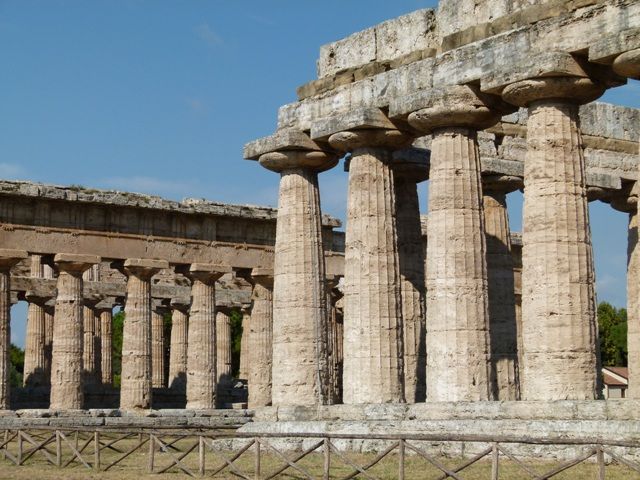Planning to visit Agropoli Campania Italy? Discover more about Agropoli Campania Italy so that you can enjoy it thoroughly on your visit to Italy…
Agropoli Campania Italy lies in the Region Campania in Italy and is part of the northern area of the country. It is strategically located on the north side of the Cilento coast, which falls on the glorious Tyrrhenian Sea. It is an internationally recognized historical center and with the ruins of medieval times along with the feudal castle, became a very popular tourist destination.
Historical Sites in Agropoli Campania Italy
You can find the ruins of San Francesco’s monastery, which dates back to the medieval era along with the churches of the highly esteemed Santa Maria di Constantinopoli as well as San Marco, and San Francesco. Bordering this beautiful town of Agropoli Campania in Italy is the pleasant and sandy beach of Trentova Bay, which is considered a blue flag area and a popular seaside destination in Italy.
Population and Details of Agropoli Campania Italy
This town has around 20,000 residents and is well equipped to take care of tourists. With a good postal and telephone network you can stay connected to your home country during your visit to this famed town. Important holidays are celebrated on June 29 to commemorate St. Peter’s and St. Paul’s day in a very festive manner, so maybe you can plan your trip around this time! Apart from this, the neighboring localities in this area include Marotta, Trentova, Madonna del Carmine, Muoio, San Marco, Mattine, Frascinelle, Tarullo, Moio and Fuonti.
Historical Importance of the Town
This beautiful region is home to the Agropoli which is a defiant remnant standing in ruins and the Neolithic times. To the east, this town has a naturally sheltered bay, which is called the Foce. The Greeks utilized it as a trading base.
The area, which is now called San Marco, was known as Ercula during the Roman Era and was established in the first century making it a very strong trading center all the way through the fifth century. The harbor of Greek Poseidonia, which was later renamed as Paestum by the Romans, was being silted up in the meantime.
When the Roman Empire collapsed and many invasions from Africa took place, life became very difficult in this region and people mainly retreated back to the peninsula in order to build a stronger defense and ensure their safety. It was here that they had the protection of the Akropolis provided by this structure, which had been created by the Byzantines.
The historical significance of this town does not end here. Eventually, there was a Longobard invasion in Italy, which caused the Bishop of Paestum or Poseidonia to take shelter in the town of Agropoli. This led to it becoming the main center and convening point for the Byzantine. It was later in the year 882 or the late ninth century that the town finally fell in the hands of the Saracen invaders.
They transformed this town into a well-defended stronghold and used it as a base to target their attacks on surrounding areas to loot and plunder them. Eventually, they were defeated in the late 10th century by around 915 A.D, and the town of Agropoli was restored to the jurisdiction of the bishops who established their rule in this region all the way up to the early 15th century.
With its history continuing all the way up to the 19th century, the town of Agropoli actually grew outside the ancient medieval walls. During your visit here you must see the tower of San Francesco as well as the Angevin Aragonese castle from the sixth century.





